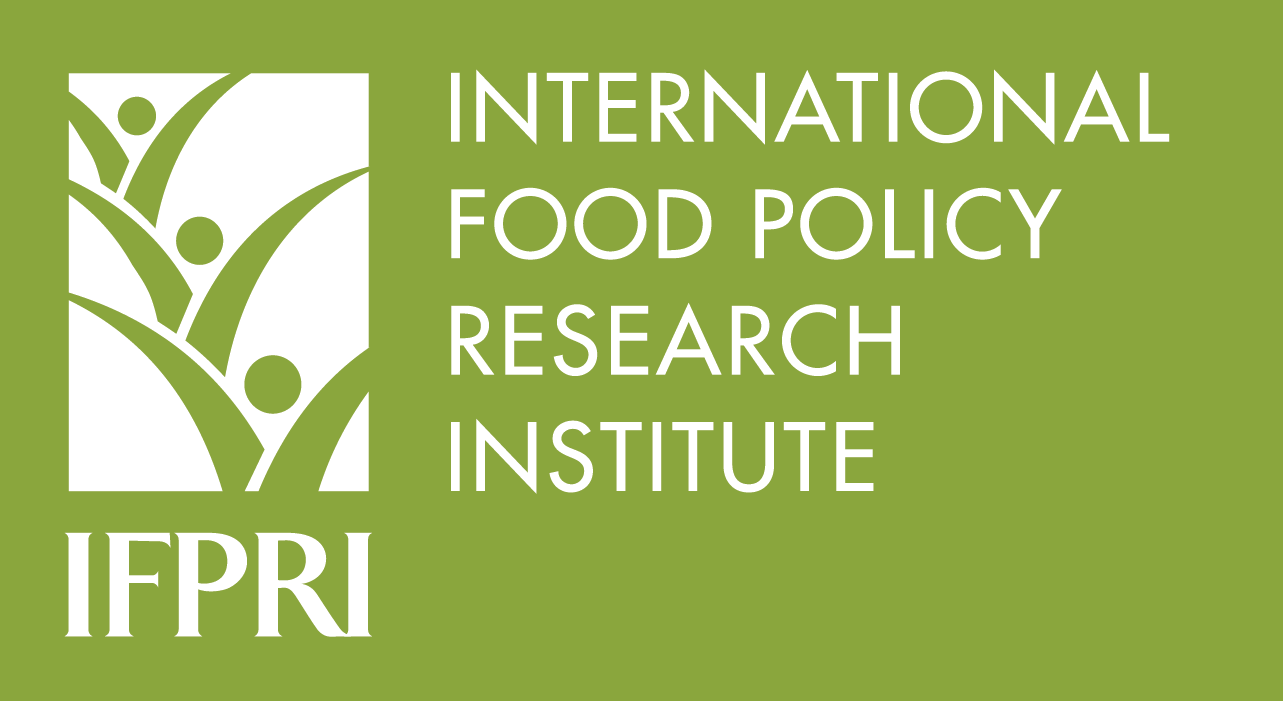Focal point
Location
About IFPRI
The International Food Policy Research Institute (IFPRI) provides research-based policy solutions to sustainably reduce poverty and end hunger and malnutrition in developing countries. Established in 1975, IFPRI currently has more than 500 employees working in over 50 countries. It is a research center of theCGIAR Consortium, a worldwide partnership engaged in agricultural research for development.
Vision and Mission
IFPRI’s vision is a world free of hunger and malnutrition. Its mission is to provide research-based policy solutions that sustainably reduce poverty and end hunger and malnutrition.
What We Do
Research at IFPRI focuses on six strategic areas:
- Ensuring Sustainable Food Production: IFPRI’s research analyzes options for policies, institutions, innovations, and technologies that can advance sustainable food production in a context of resource scarcity, threats to biodiversity, and climate change. READ MORE
- Promoting Healthy Food Systems: IFPRI examines how to improve diet quality and nutrition for the poor, focusing particularly on women and children, and works to create synergies among the three vital components of the food system: agriculture, health, and nutrition. READ MORE
- Improving Markets and Trade: IFPRI’s research focuses on strengthening markets and correcting market failures to enhance the benefits from market participation for small-scale farmers. READ MORE
- Transforming Agriculture: The aim of IFPRI’s research in this area is to improve development strategies to ensure broad-based rural growth and to accelerate the transformation from low-income, rural, agriculture-based economies to high-income, more urbanized, and industrial service-based ones. READ MORE
- Building Resilience: IFPRI’s research explores the causes and impacts of environmental, political, and economic shocks that can affect food security, nutrition, health, and well-being and evaluates interventions designed to enhance resilience at various levels. READ MORE
- Strengthening Institutions and Governance: IFPRI’s research on institutions centers on collective action in management of natural resources and farmer organizations. Its governance-focused research examines the political economy of agricultural policymaking, the degree of state capacity and political will required for achieving economic transformation, and the impacts of different governance arrangements.
Research on gender cuts across all six areas, because understanding the relationships between women and men can illuminate the pathway to sustainable and inclusive economic development.
IFPRI also leads two CGIAR Research Programs (CRPs): Policies, Institutions, and Markets (PIM) andAgriculture for Nutrition and Health (A4NH).
Beyond research, IFPRI’s work includes partnerships, communications, and capacity strengthening. The Institute collaborates with development implementers, public institutions, the private sector, farmers’ organizations, and other partners around the world.
Resources
Displaying 1446 - 1450 of 1521Land degradation in the developing world
By the year 2020 land degradation may pose a serious threat to food production and rural livelihoods, particularly in poor and densely populated areas of the developing world. Appropriate policies are required to encourage land-improving investments and better land management if developing countries are to sustainably meet the food needs of their populations.
Managing resources for sustainable agriculture in South Asia
In the next 25 years, South Asia's food requirements are likely to double, while its natural resource base is likely to shrink. The subcontinent, which carries 21 percent of the world's population on just 3 percent of its land area, already has a high proportion of its land under cultivation and relatively little under forest and pastures (Figure 1). Industrialization and urbanization will further encroach on agricultural and forest land.
The potential impact of AIDS on population and economic growth rates
This paper examines the current status of HIV/AIDS infection, particularly in Sub-Saharan Africa, and reviews existing models that look at the future impact that the disease is likely to have on population growth, economic growth, and food security, especially as it spreads to rural areas. Because population growth is considered by many to be the foremost problem facing developing countries in 2020, the paper addresses the question of whether population growth kept in check by AIDS mortality might lead to greater availability of food in 2020 than would be possible without AIDS.
Cost of managing with less
Using a mathematical-programming agricultural-sector model of Egypt, this paper analyzes mechanisms for allocating scarce water and for charging the farmers the Operation and Management (O&M) costs of irrigation and drainage, currently covered by the government. The effects of cost recovery are negative but minor. A crop charge (based on crop water consumption per land unit) and a volumetric charge both discourage consumption. The former is easier to implement but does not stimulate water-saving technical change.
Impact of market and population pressure on production, incomes and natural resources in the dryland savannas of West Africa
This paper introduces a modeling method which simulates a village's response to population and market pressure. The method combines a linear programming model with a biophysical model of soil condition and plant growth. The linear programming model simulates farmers' plans aggregated at the village level, and the biophysical model predicts yields and land degradation for different land use and cropping patterns. The method has been calibrated for two villages located in a semi-arid and a sub-humid savanna region in Burkina Faso in West Africa.




